May Gardening Tips and To-Dos for the Pacific Northwest
Get your hands dirty this May with these gardening to-dos for the Pacific Northwest. From planting summer annual seedlings to preparing your garden bed soil, these monthly tips will help you create a thriving garden this growing season.
Gardening in the Pacific Northwest is an exciting time this month. The May weather is getting warmer, and the longer days are bringing plenty of sun for the plants to thrive.
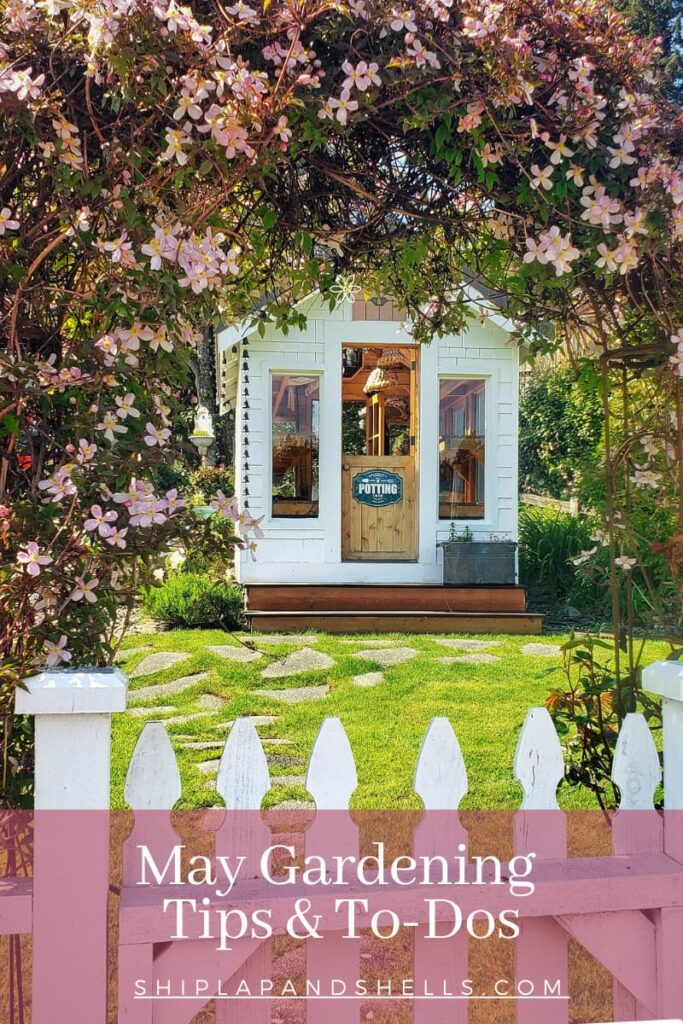
As an Amazon affiliate, I earn from qualifying purchases at no extra cost to you. My blog contains other affiliate links for your convenience as well. Click here to read my privacy policy.
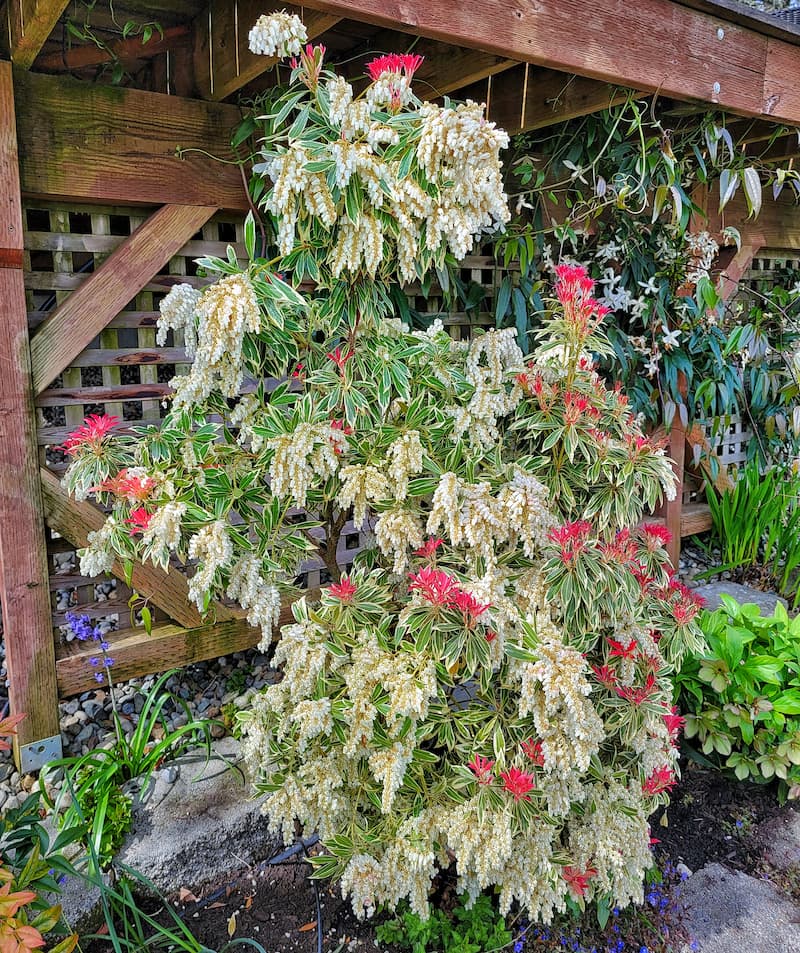
My “gardening by month” tips and to-dos for May are based on hardiness zone 8b so be sure to confirm the frost dates in your area, and plan your gardening chores accordingly.
It’s the best time to plant summer annuals, tender annuals, and heat-loving crops.
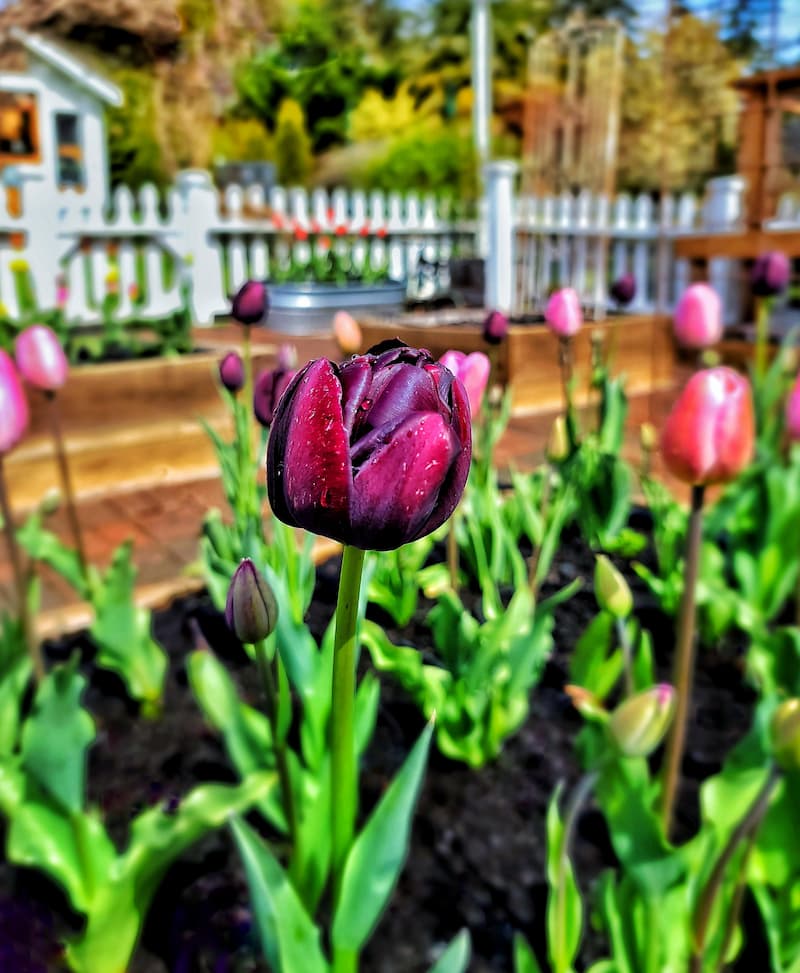
Whether you’re a seasoned gardener or a beginner, these May gardening tips and to-dos will help you make the most of this growing season by creating a beautiful and bountiful garden.
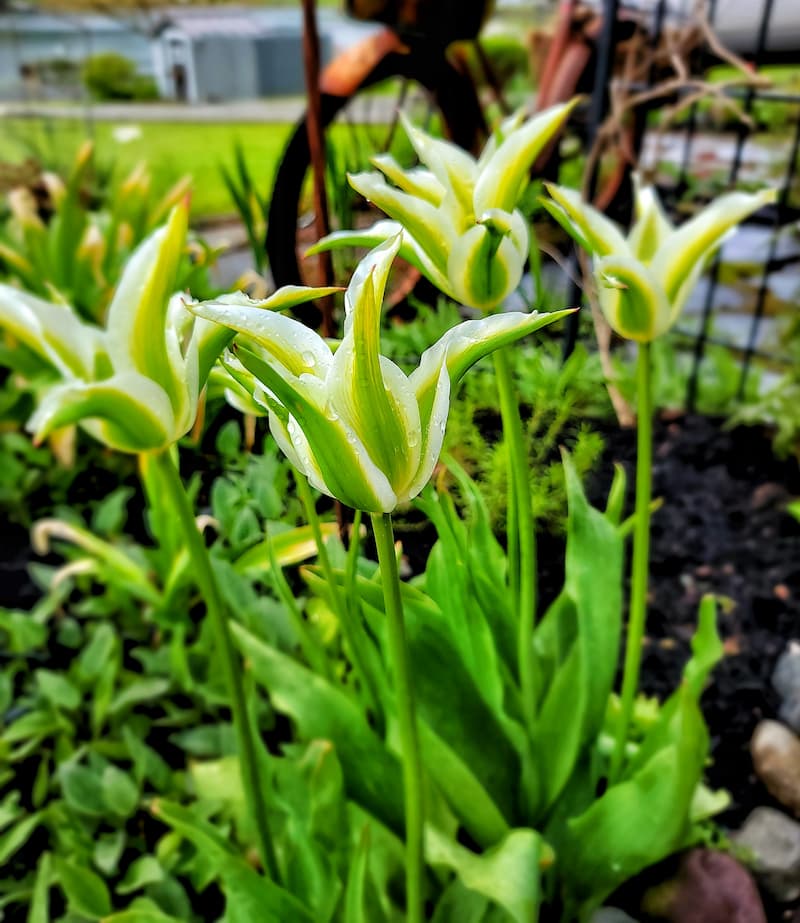
Garden Planting in the Month of May
Preparing the Soil
The health and success of your garden all start with the soil.
Add organic matter, mulch, or compost to prevent weeds, keep the soil cool, and reduce watering needs.
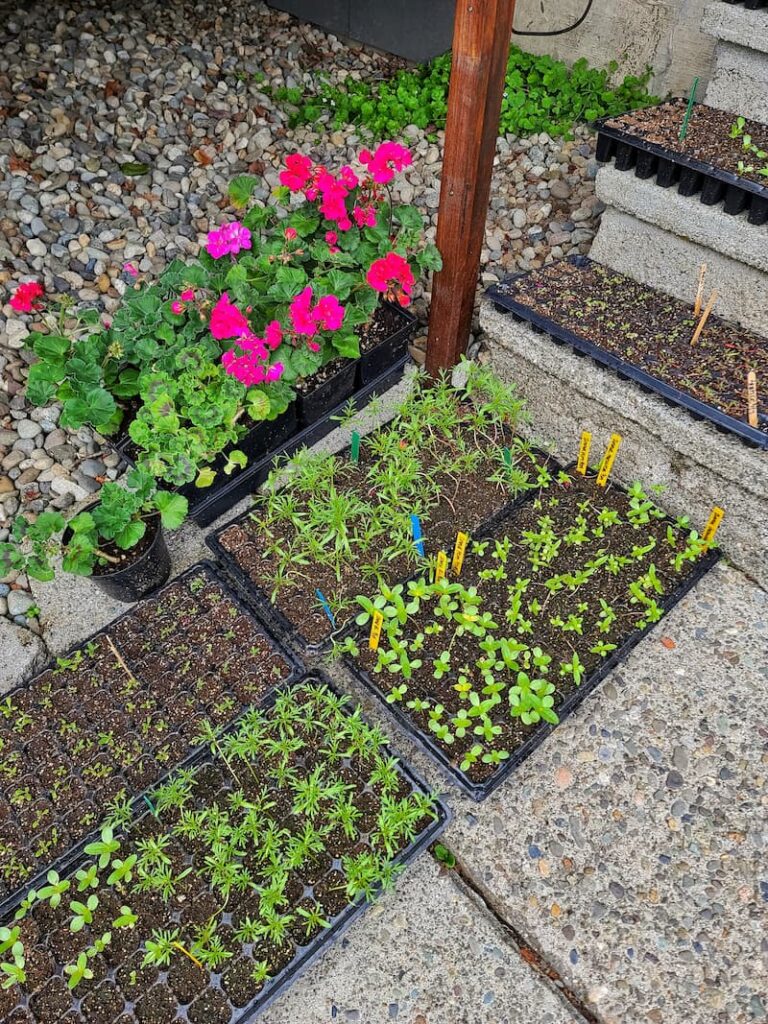
Hardening Off Seedlings and Overwintering Plants
May is the right time of year to start acclimating your young seedlings to the outdoors. The nighttime temperatures are starting to warm up and the risk of frost has passed.
If you have started annuals from seed, be sure to start hardening them off this month if you haven’t already done so.
Once the seedlings and overwintered plants are hardened off you can transplant them into the garden beds.
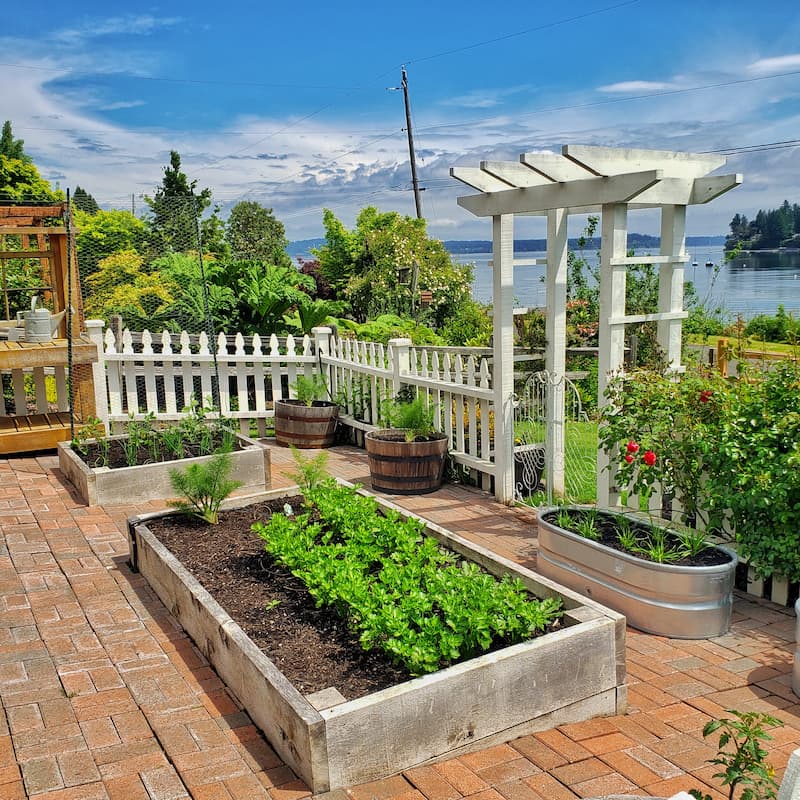
Transplanting Seedlings
If at all possible, transplanting your young plants should be done when it’s a calm and cloudy day. Strong sun and wind are hard on transplants and can cause a lot of stress on the plant.
Water your plants deeply after transplanting them into the ground or raised beds.
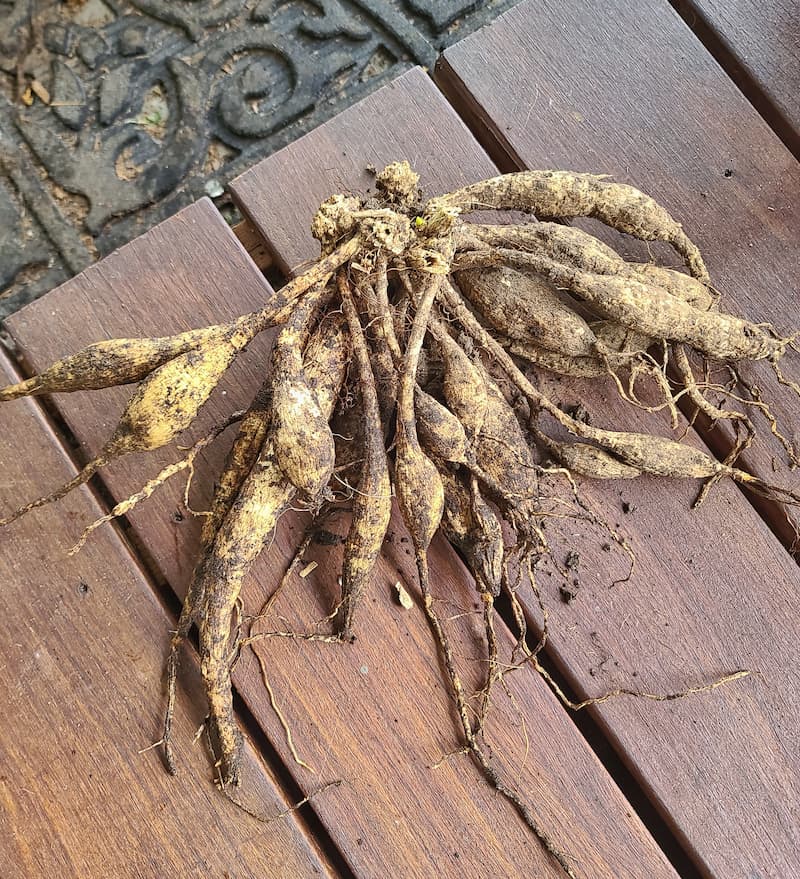
Planting Dahlia Tubers
The month of May is the perfect time to plant dahlia tubers in your garden or containers. Don’t forget to add stake supports before any significant growth starts.
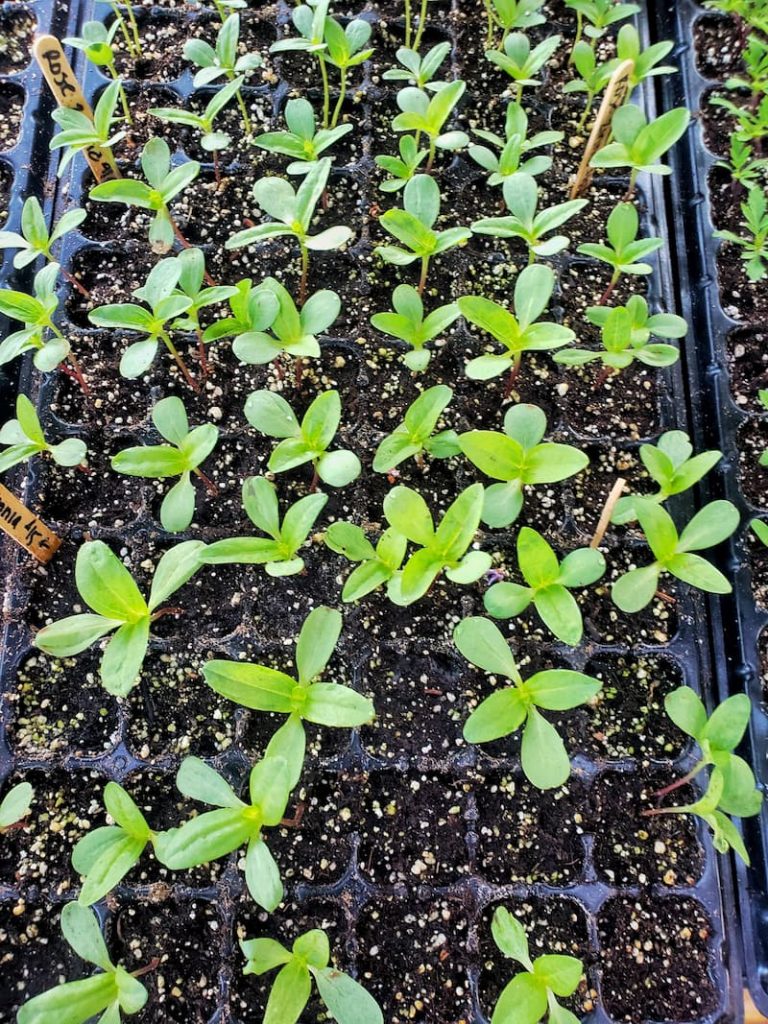
Pinching Annuals
Pinch back tall perennials, such as dahlias, daisies, and black-eyed Susans, and annuals, such as zinnias, cosmos, and sweet peas. Pinching back certain flowering plants will promote bushier growth and more blooms.

Planting Vegetables
Middle or late May is a good time to plant vegetables such as sweet corn, peas, beans, cucumbers, eggplants, melons, pumpkins, summer squash, carrots, lettuce, potatoes, tomatoes, and peppers.
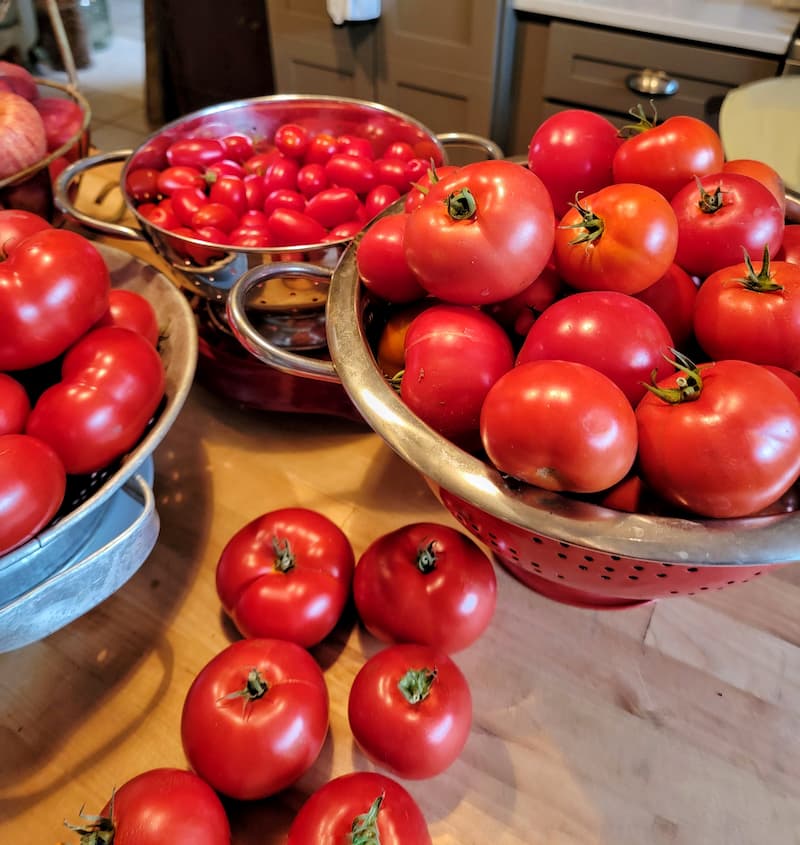
You can move hardened-off tomato plants outside once the nighttime temperatures hit 50°F.
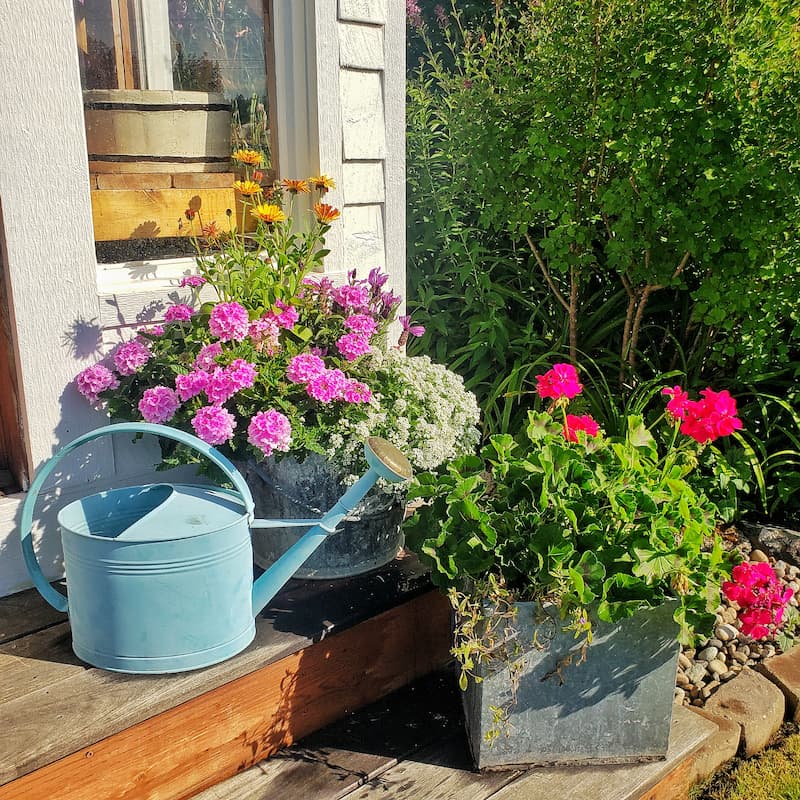
Planting Summer Annuals in the May Garden
Add a pop of color this month to your flower beds, containers, and window boxes with hardy annuals like petunias, geraniums, lobelia, impatiens, bacopa, and begonias.
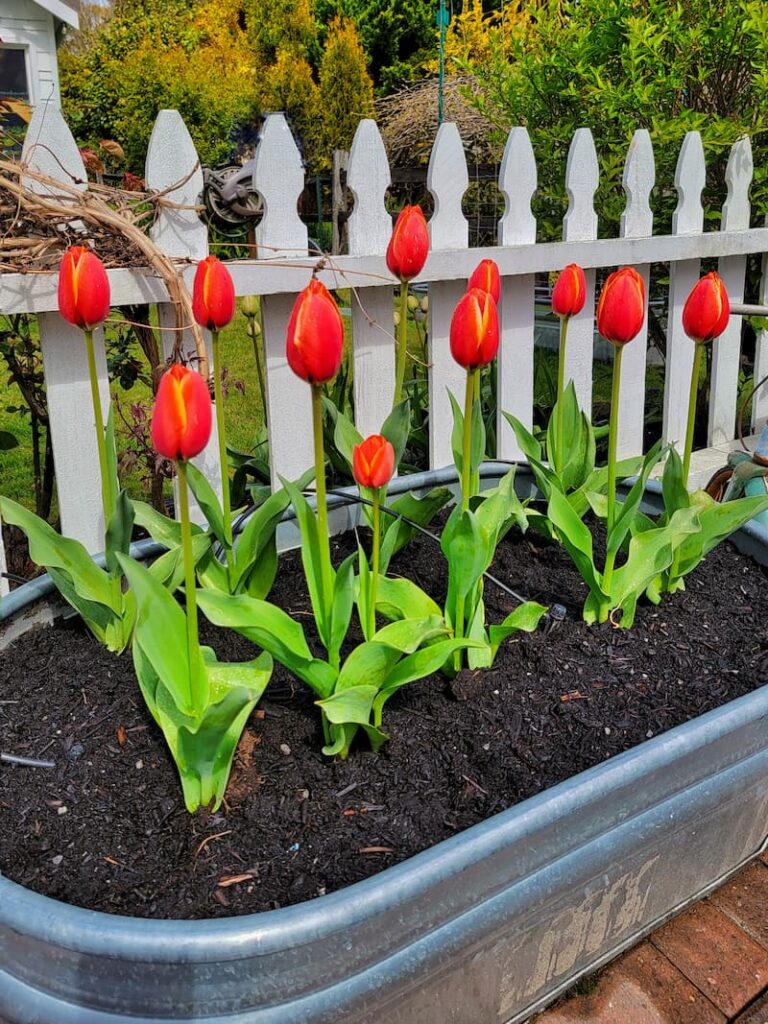
Monthly Garden Maintenance
Keep Plants Watered Regularly
Watering your plants regularly, especially during warm days, is crucial.
If you have an irrigation system, check to make sure it is in good working order. Test and run each system manually, for at least five minutes, to make sure there are no leaks or repairs that may be needed.
Newly planted trees and shrubs should be watered deeply, every week or two until the autumn rain begins.
Flowers and shrubs should get an inch of water each week.
When you water plants, avoid getting any water on the plant foliage to reduce powdery mildew.
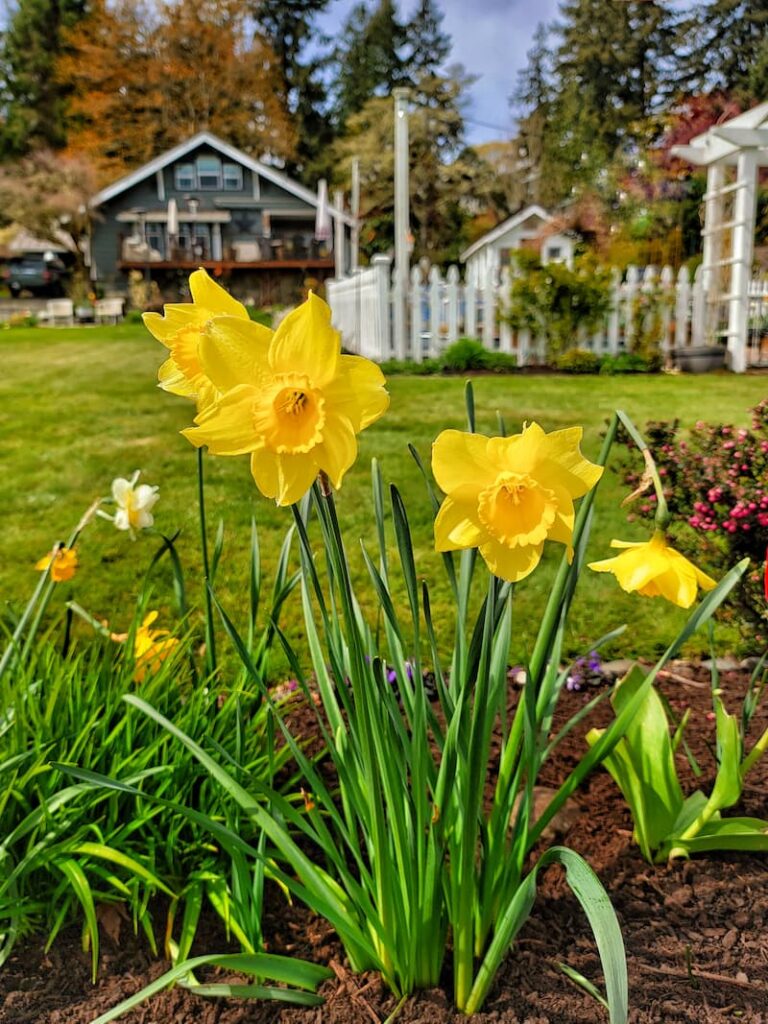
Cutting Back Spent Flowers
Remove spent flowers from spring bulbs like tulips and daffodils to preserve energy for next year’s bloom.
Cut each finished flower stalk at the base, but do not cut down the foliage. The plant will naturally die back and will build food reserves to support next year’s blooms.
Plant hardy annuals in areas where spring bulbs will die back. Daffodils may be divided and moved when finished blooming.
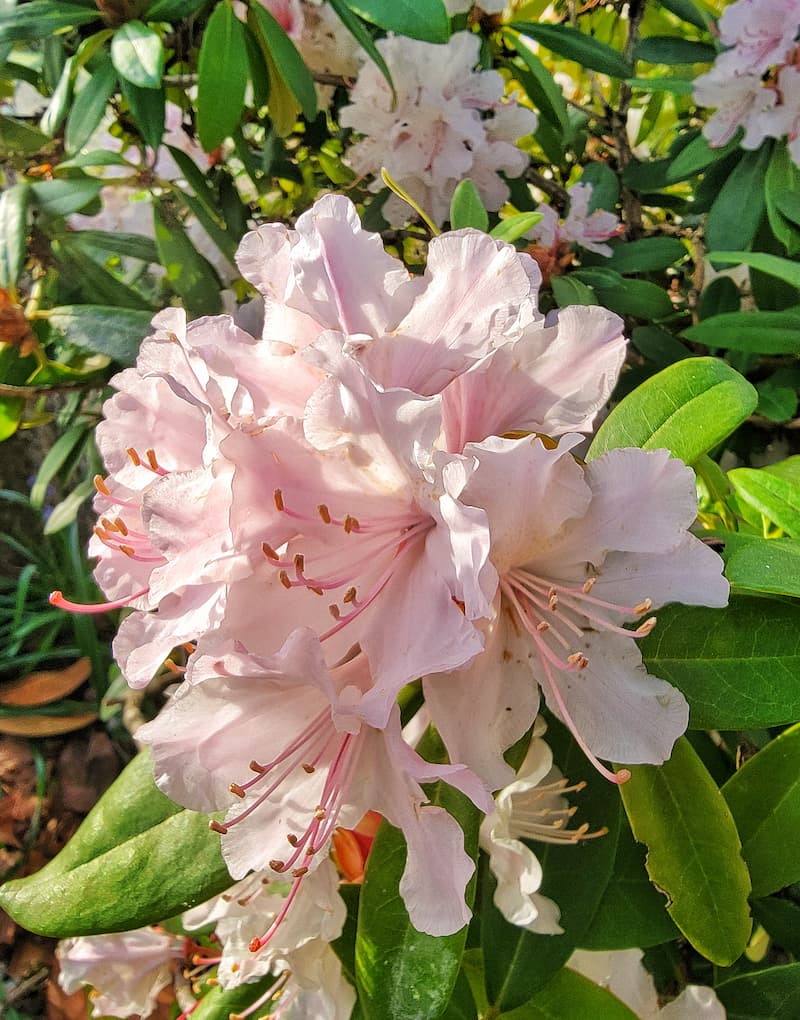
Prune spring-flowering shrubs and vines immediately after flowering to avoid cutting into next year’s blossoms.
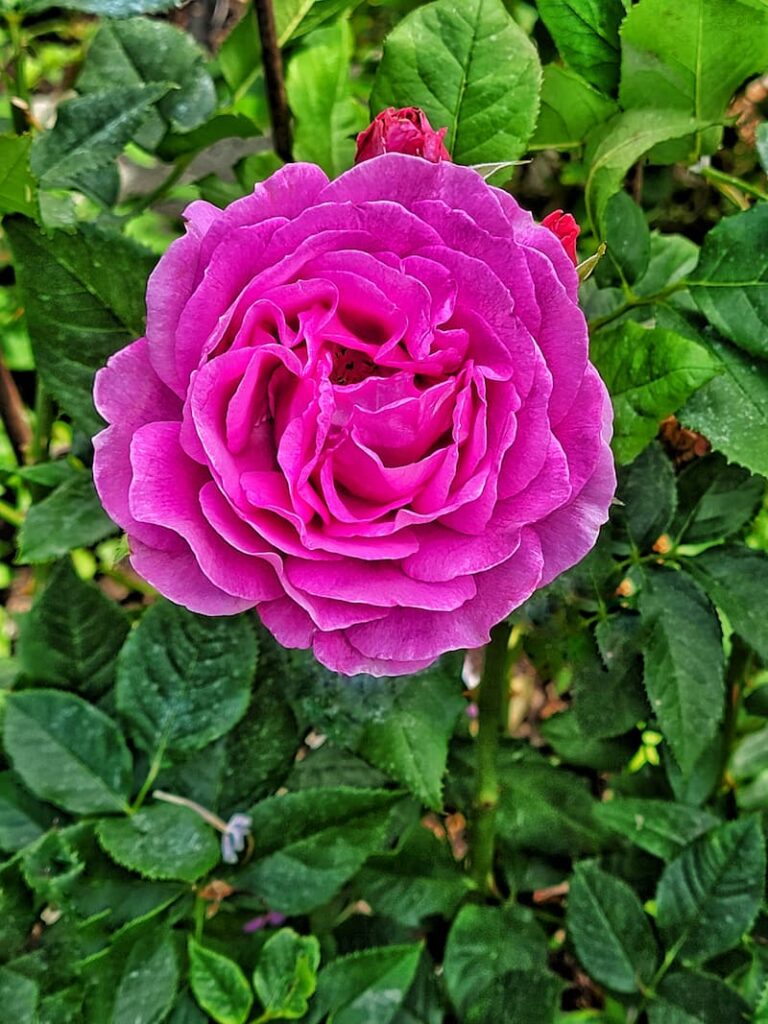
Removing spent flowers from camellias and roses will help increase their blooming time.
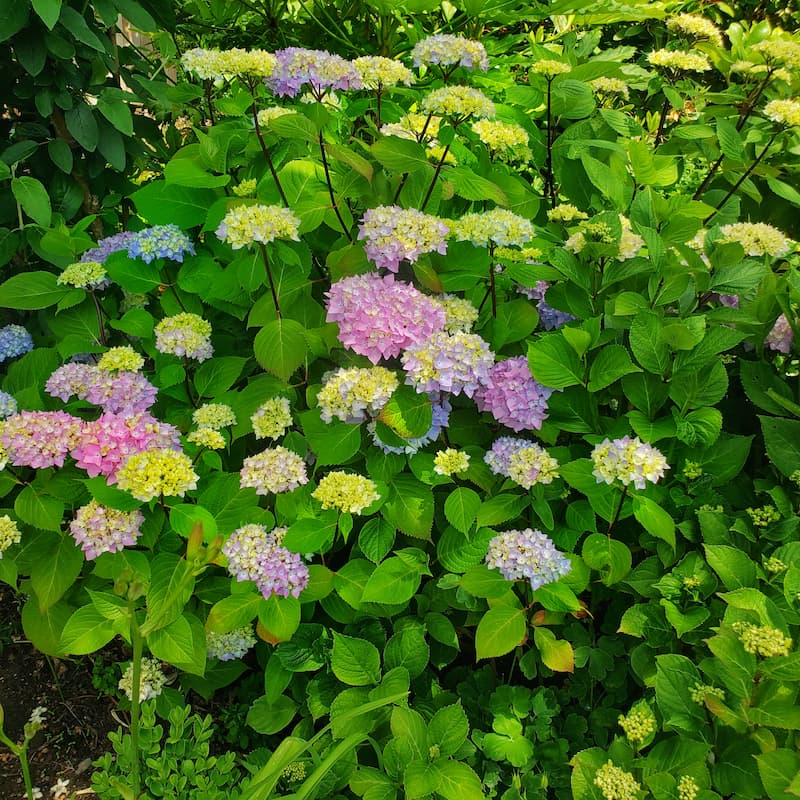
Fertilizing and Feeding
Feed your lilacs and roses after their first bloom, and then every 4-6 weeks.
Fertilize annuals, fruit trees, fuchsias, perennials, and shrubs.
Feed spring-flowering shrubs like azaleas, camellias, and rhododendrons with an acid-based fertilizer as soon as they’ve finished flowering.
Work lime into the soil for pink hydrangeas and Aluminum Sulfate for blue blooms.
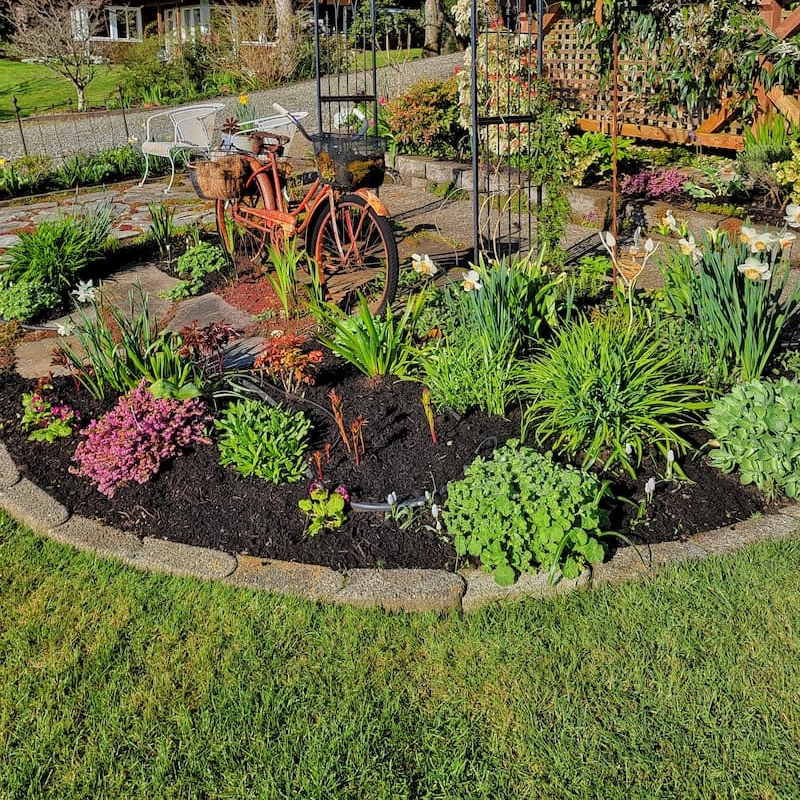
Weed and Pest Control for Your Spring Garden
Maintaining Weeds
If you haven’t already started, May is a great time to get the weeds in the garden under control for the growing season.
Try to keep up with the weeds while they’re small, and pull them after rainy days when the ground is softer and easier to pull.
Adding a thick layer of mulch will also help control your weeds in the garden.
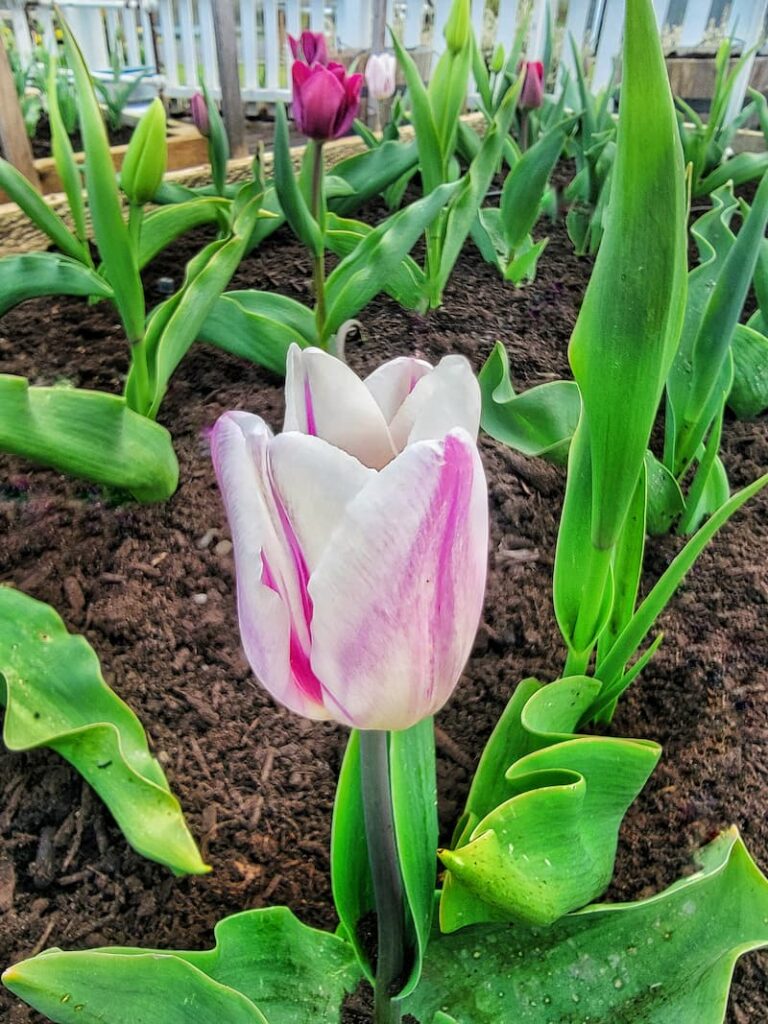
Pest Control
Use either a strong stream of water or safer soap products if you see aphids in your garden.
Slugs are in full force this time of year, so use slug bait or natural alternatives to protect your plants.
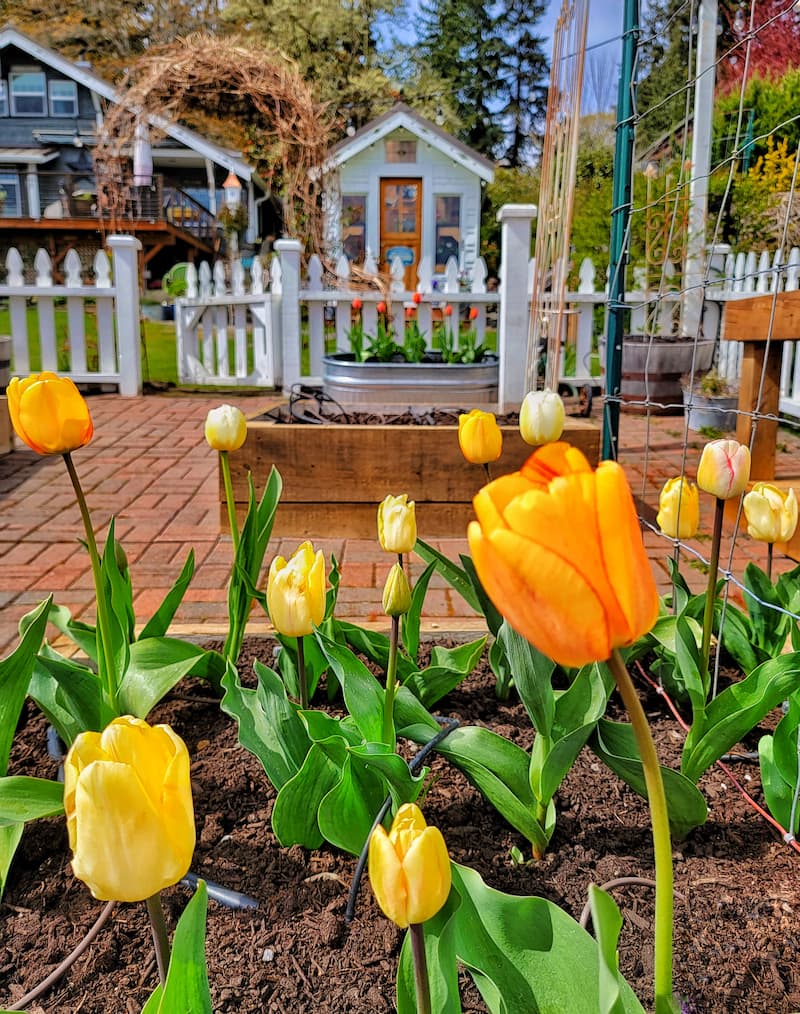
With these May gardening tips and to-dos, you’ll be able to keep your garden looking its best throughout the month.
Don’t forget to visit your local nurseries for more growing tips and plant new plants to your heart’s content.
I hope that the weather is warming up for you and you can take advantage of the great outdoors and cross some things off your to-do list.
If you have any questions or additional suggestions, please share them in the comments below. And be sure to share this blog post link with anyone who may find these gardening tips useful.
Until next time,
Happy Gardening!

I’m a self-taught hobby gardener. Everything I share on my blog is my opinion and what has worked for me.
Follow Me for More Inspiration
Shop my Amazon Storefront, LTK sources, and my favorite home decor, garden, and lifestyle products. When you purchase from one of my links, I earn a small commission, which helps me continue sharing all the content you expect on my blog.
Be sure to follow me on Pinterest, Instagram, Facebook, TikTok and LIKEtoKNOW.it. Do you like gardening? Join my Facebook Gardening Tips & Tricks group.




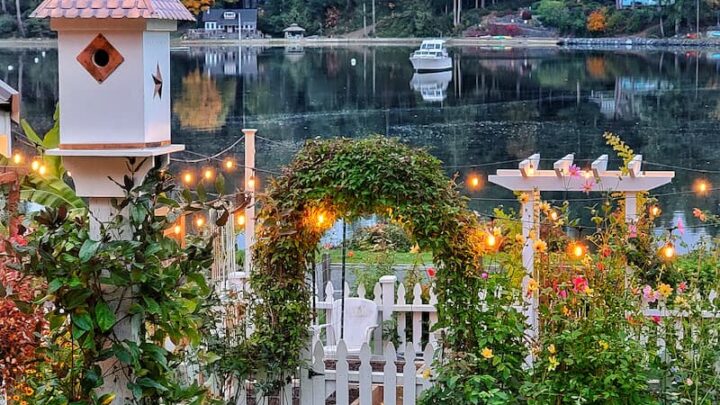
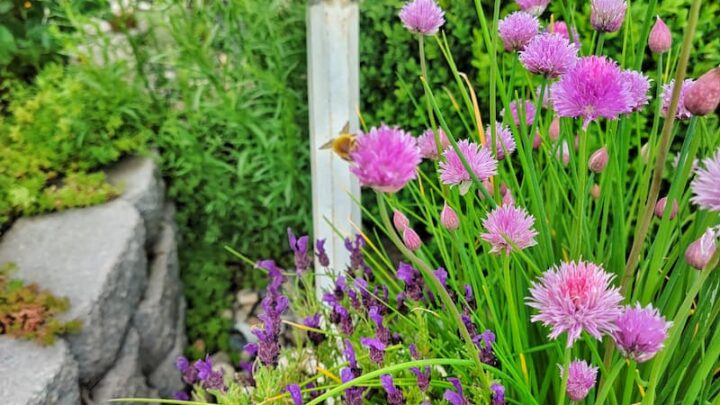
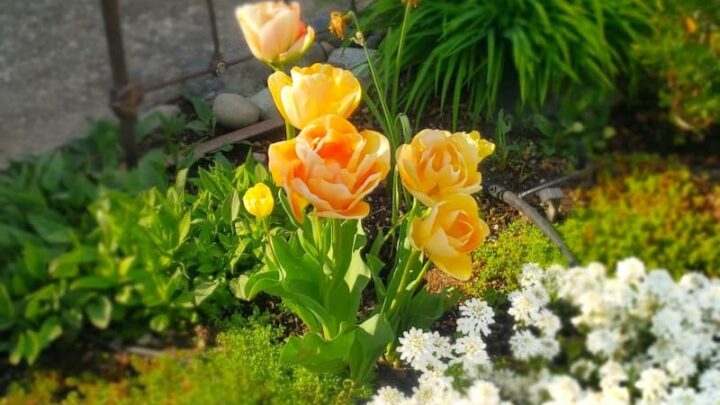
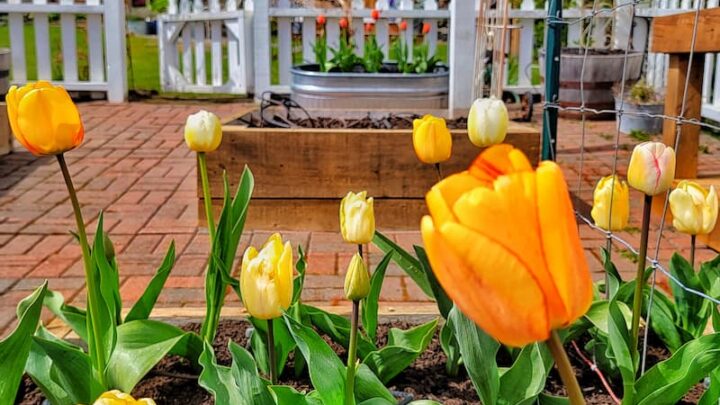

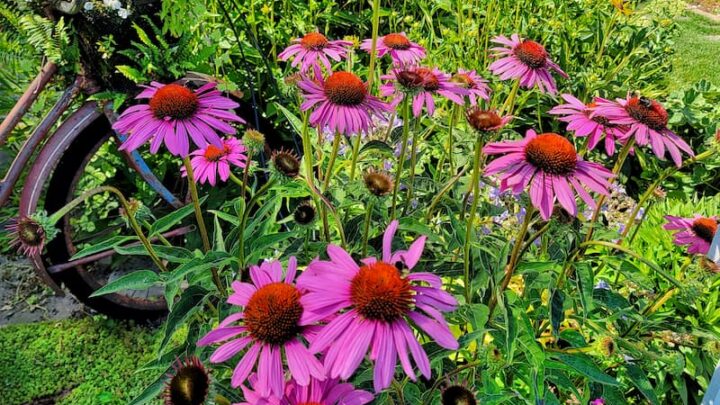
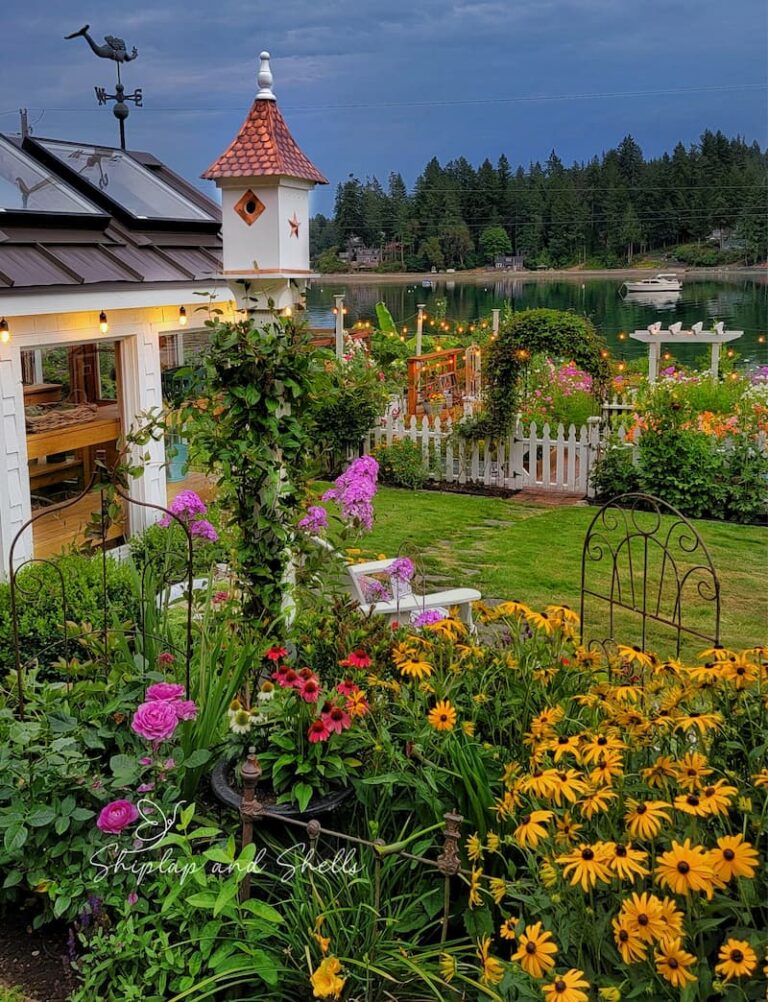
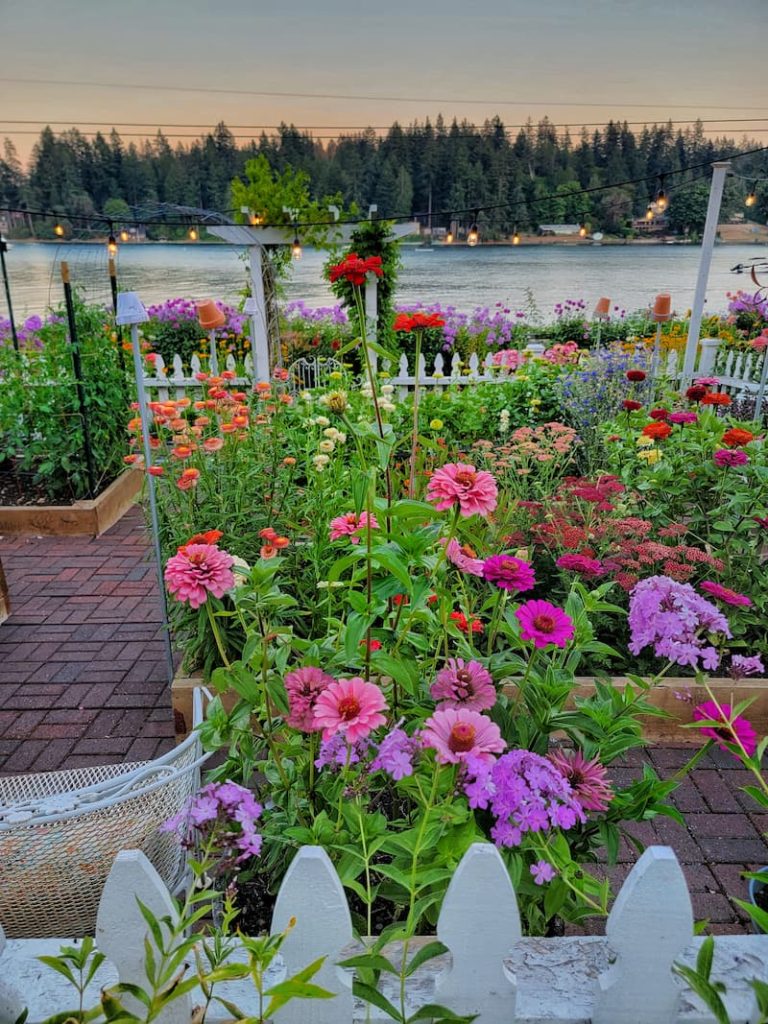
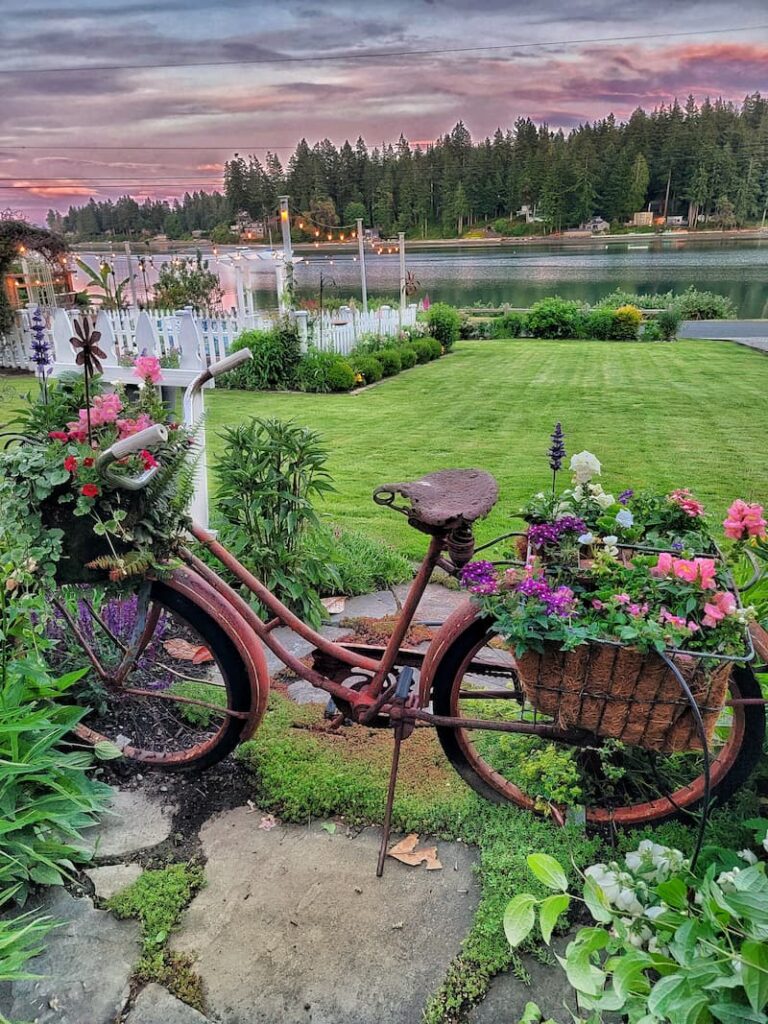
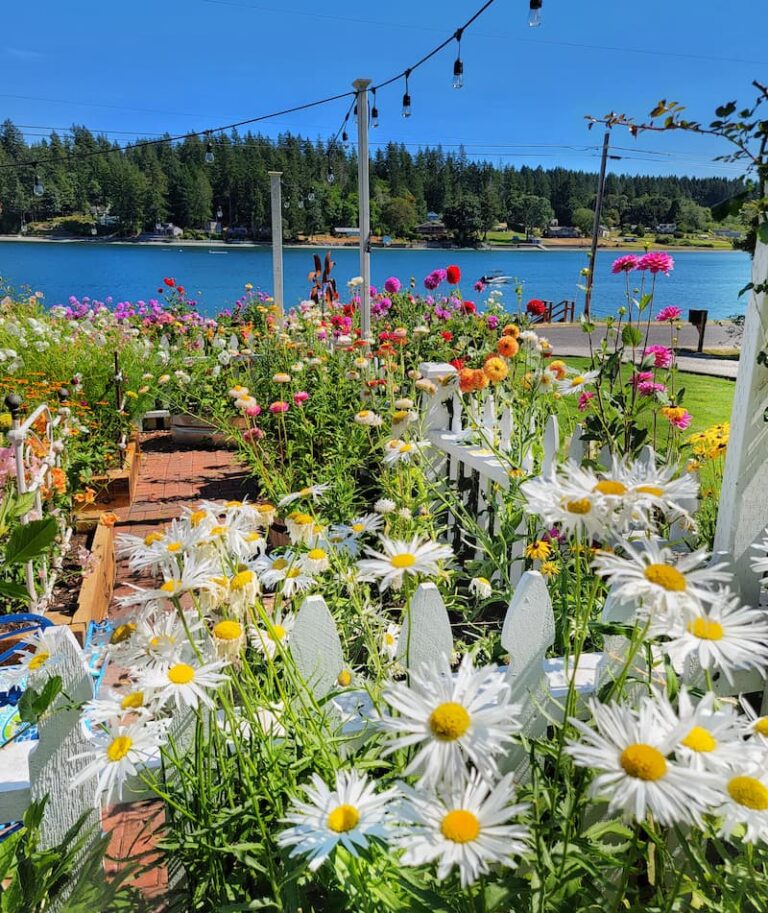
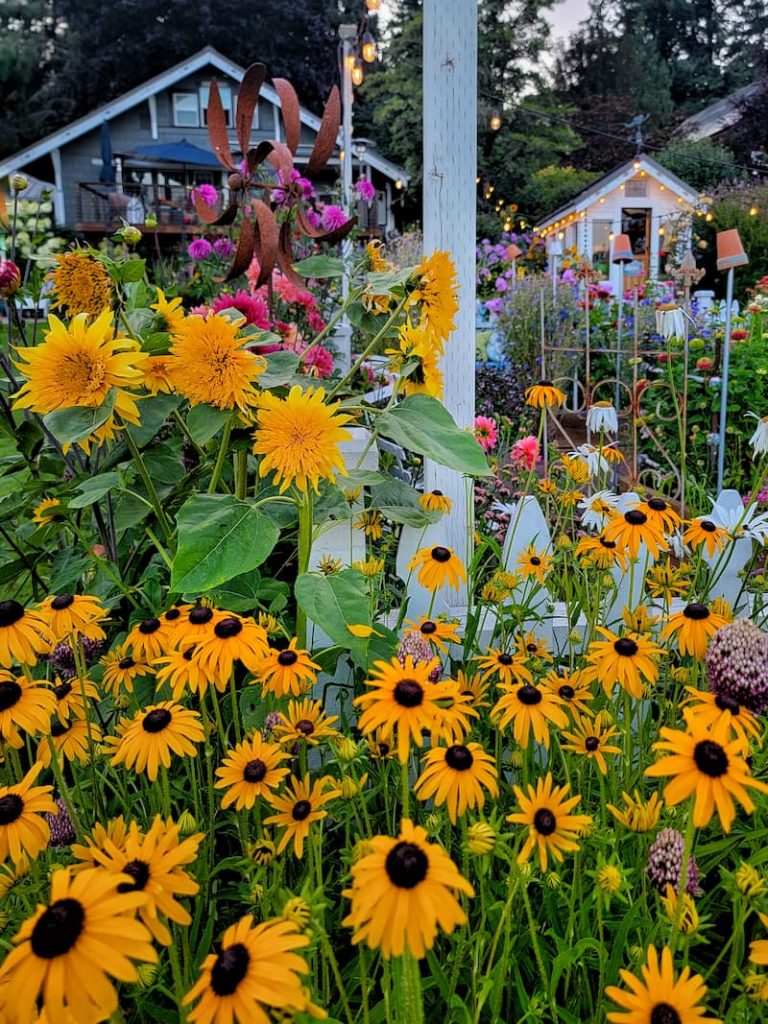
They are so delicious I have had them before
Wonderful post.Your photos are so vibrant inspiring. I dug up my dahlias in the fall and planted them a couple of weeks ago but I’m still waiting for signs of life. Thank you for sharing.
I can’t thank you enough for following along. And thank you for the kind words. It’s always so hard to be patient with our dahlias, isn’t it? I’m just so happy that they will be blooming until the end of the growing season for us. Happy gardening!
Thank you for this post! My question is in regards to Dahlia’s. I am fairly new to the PNW and to the gardening here. I had planted Dahlias last year and cut them back when it was time. I read that it was not necessary to dig out the tubers in zone 8B, but to cover them with a winter barrier. In April I removed that winter barrier. I am just starting to see some growth peeking thru the ground. You mentioned in the article to cut back after about 4” of growth to promote fuller plants. I want to make sure that is what I should do even on tubers that were left in the ground? I hope this makes sense??
It makes perfect sense Leanne. We are so lucky to be able to leave our dahlia tubers in the ground through the winter. I do dig them up in April and look for any rotted tubers and cut them off from the rest of the clump. I also try to cut off the mother tuber. You can read my dahlia blog post about this. I think you’re fine not doing this after the second year but I would definitely think about it for next April. You should still pinch back the center of your dahlias when they get knee-high. Please feel free to let me know if you have more questions after reading the blog post.
https://shiplapandshells.com/all-youve-ever-wanted-to-know-about-dahlias/
https://shiplapandshells.com/how-to-divide-dahlia-tubers-in-the-spring/
Once again I’m in awe of your garden and you are so lucky to be planting already. We have had a drier spring so it’s possible I could try and plant early but you never know here in Colorado if the snow will creep in one more time.
The minute you plant something it will definitely snow Chas. Better safe than sorry for sure.
Kim,
Great post!! Your yard and garden is simply spectacular!! Thanks so much for taking the time to stop by and by leaving a kind comment to let me know that your did!! Stay safe, healthy and happy!!
Hugs,
Debbie
Thank you for the kind words Debbie! I love visiting your blog! Wishing you health and happiness as well my friend!